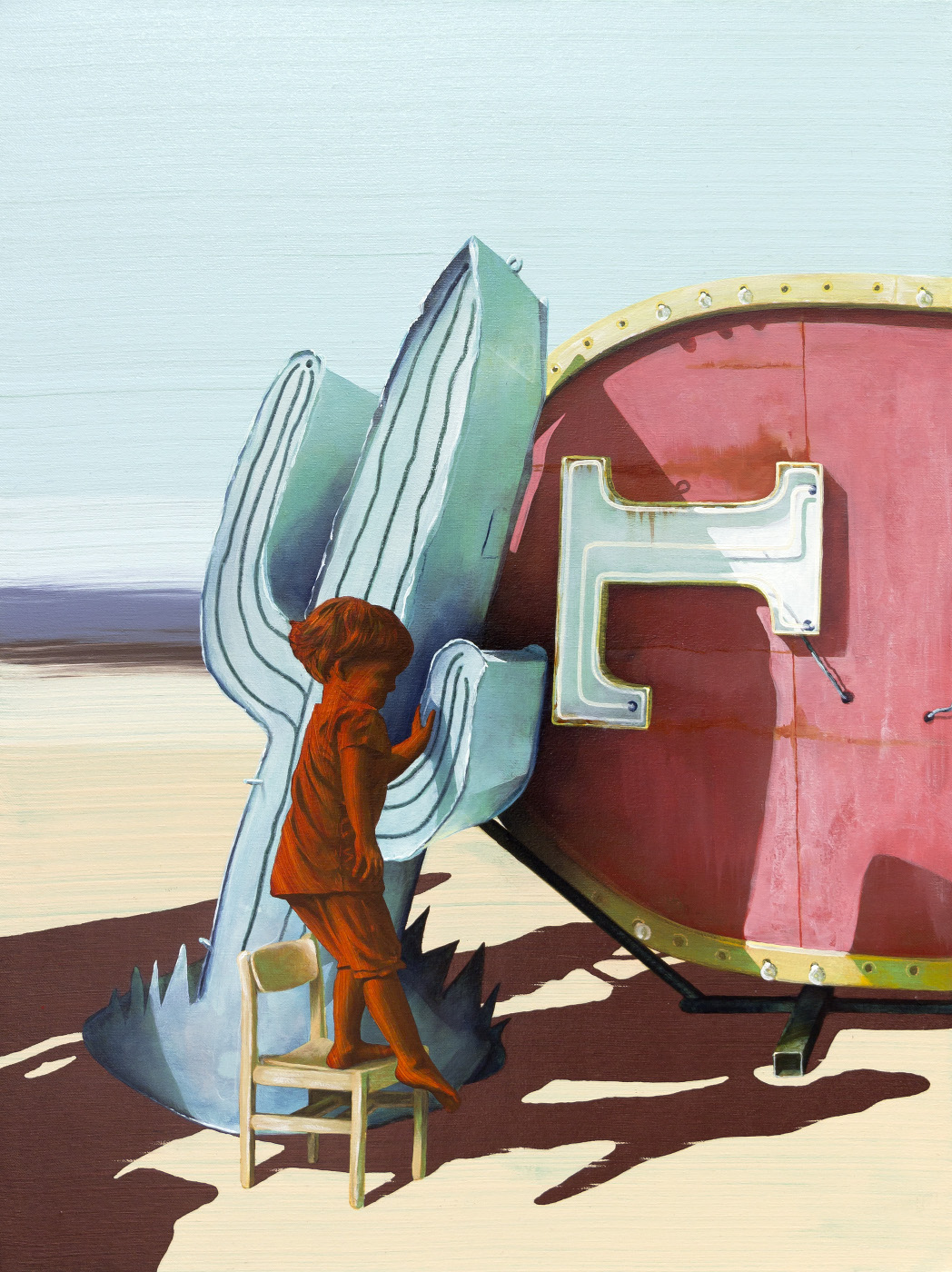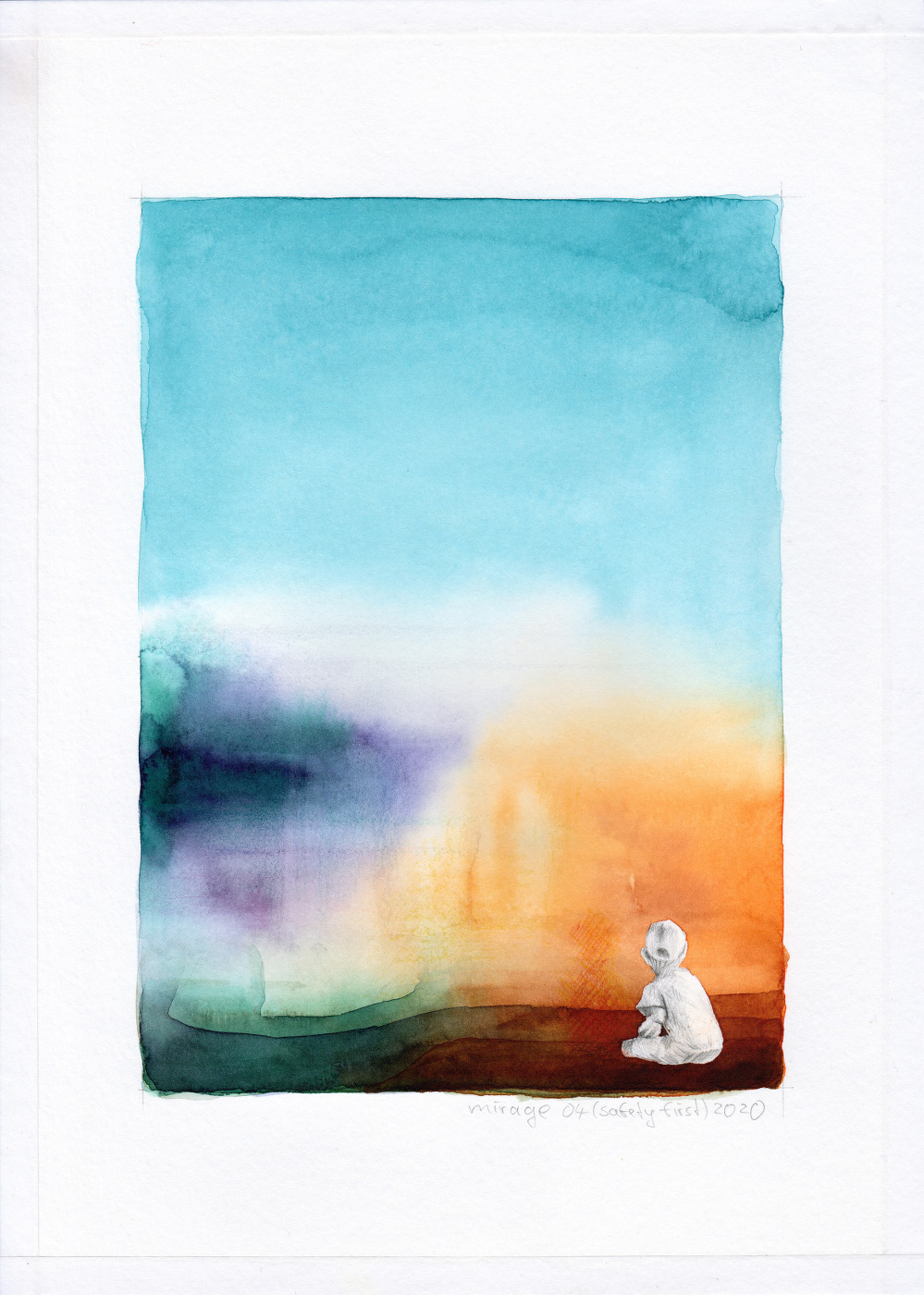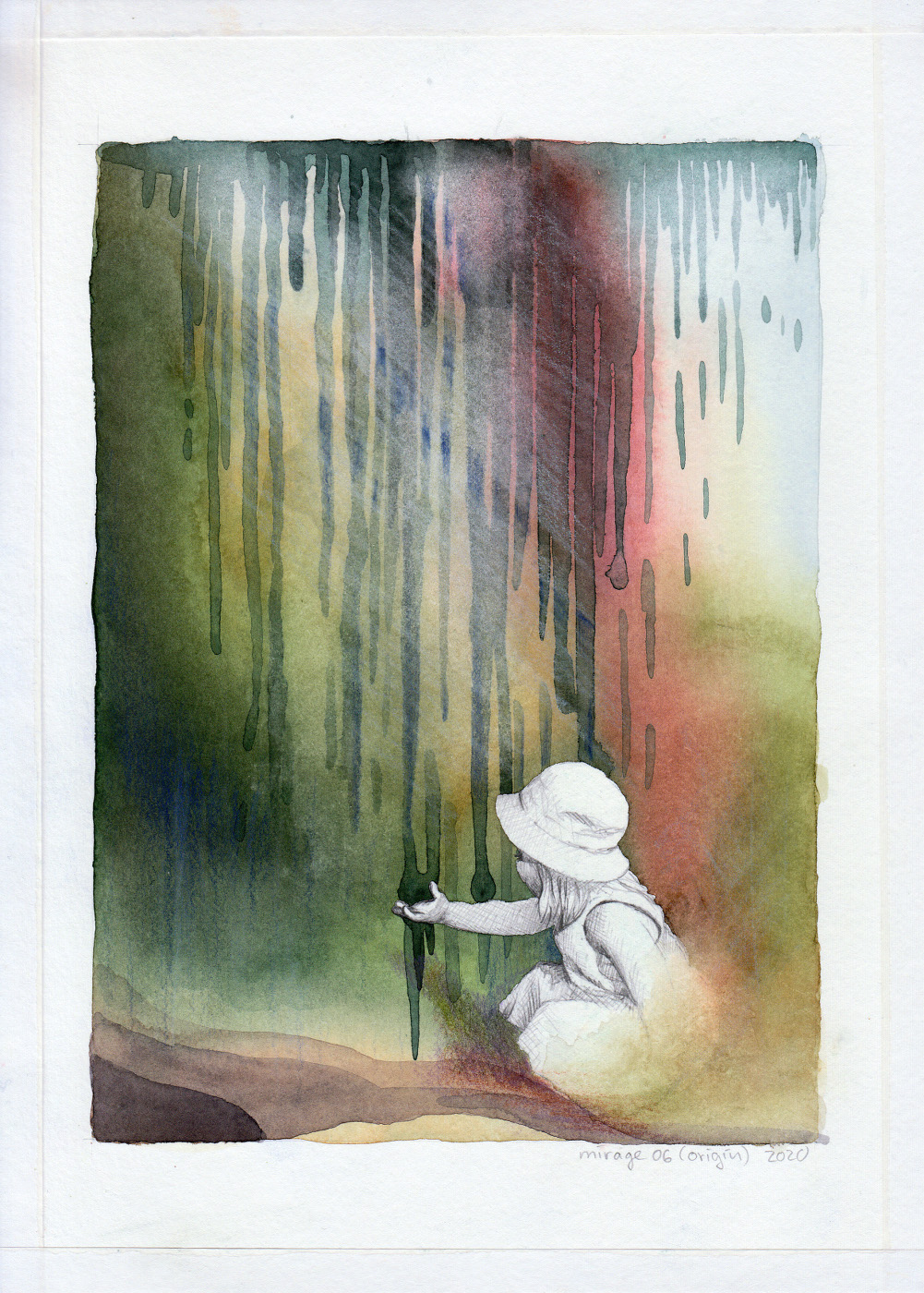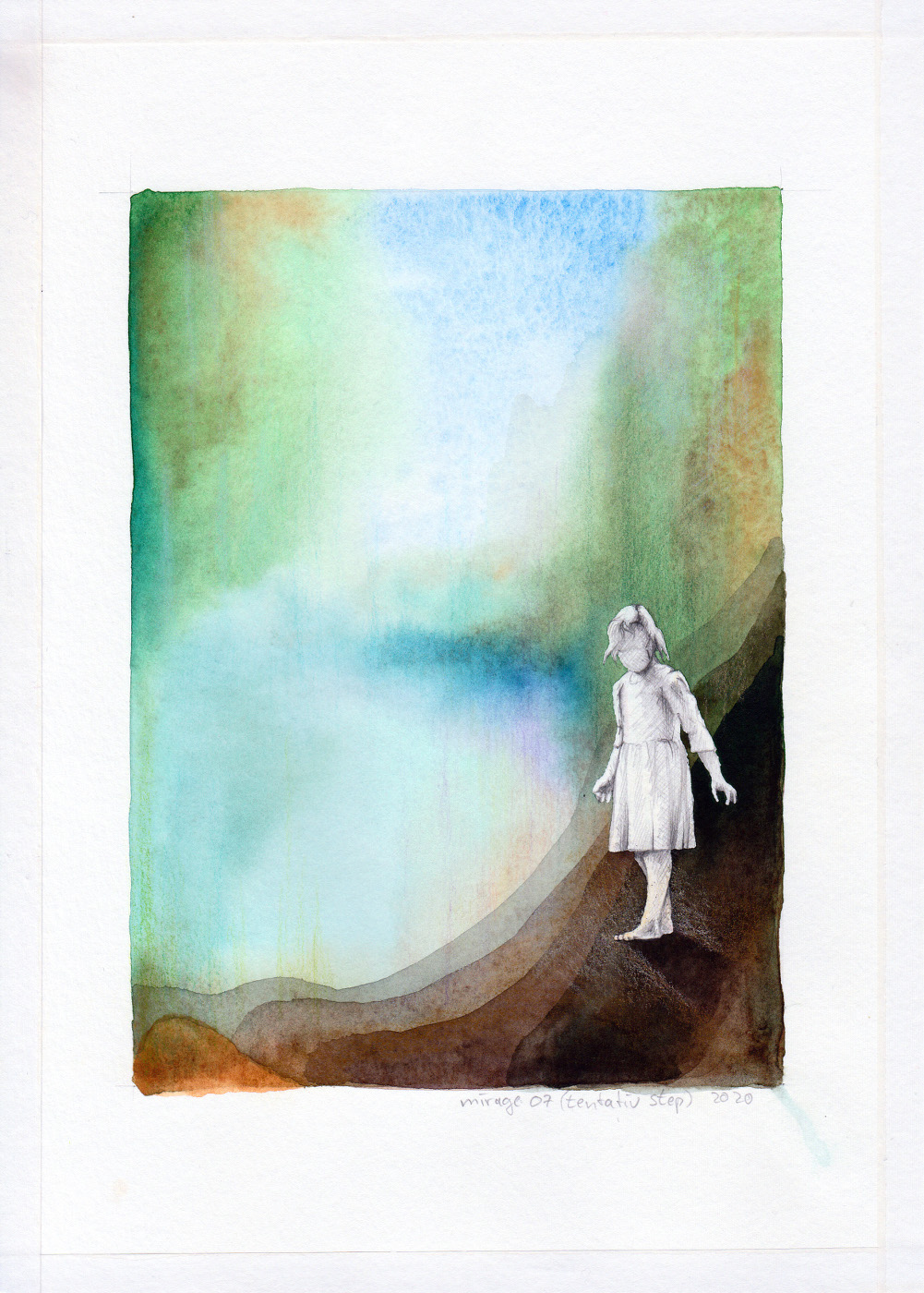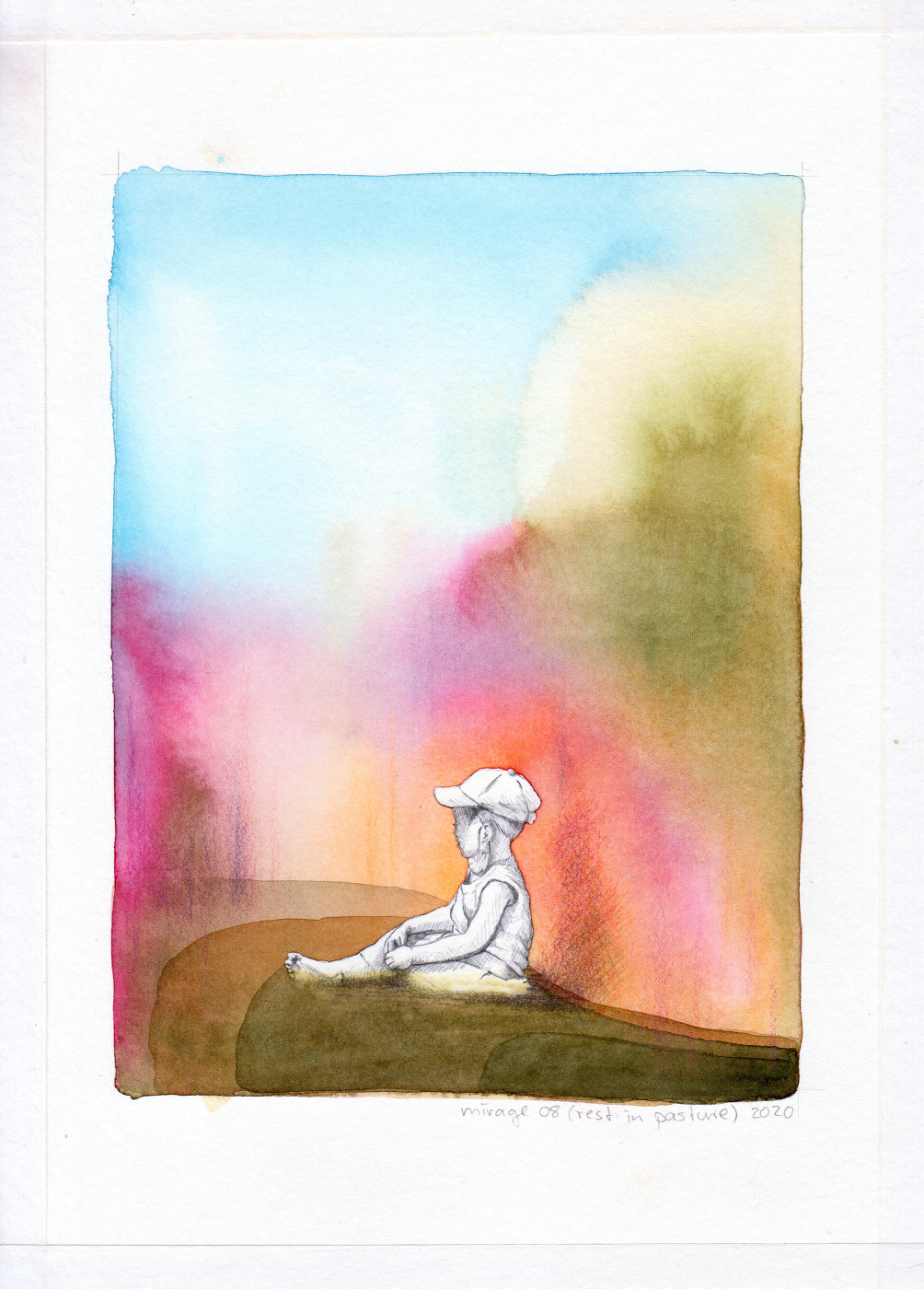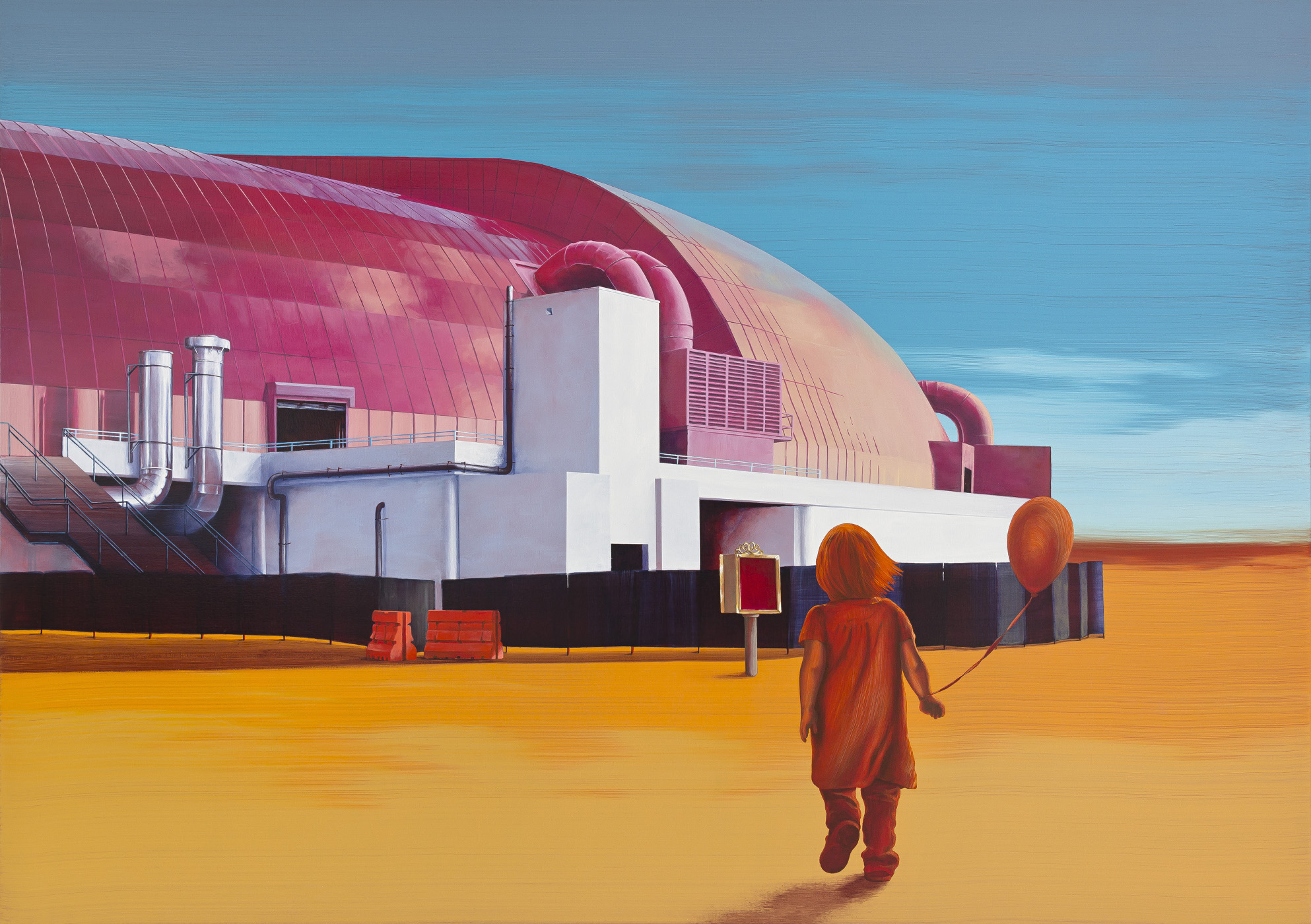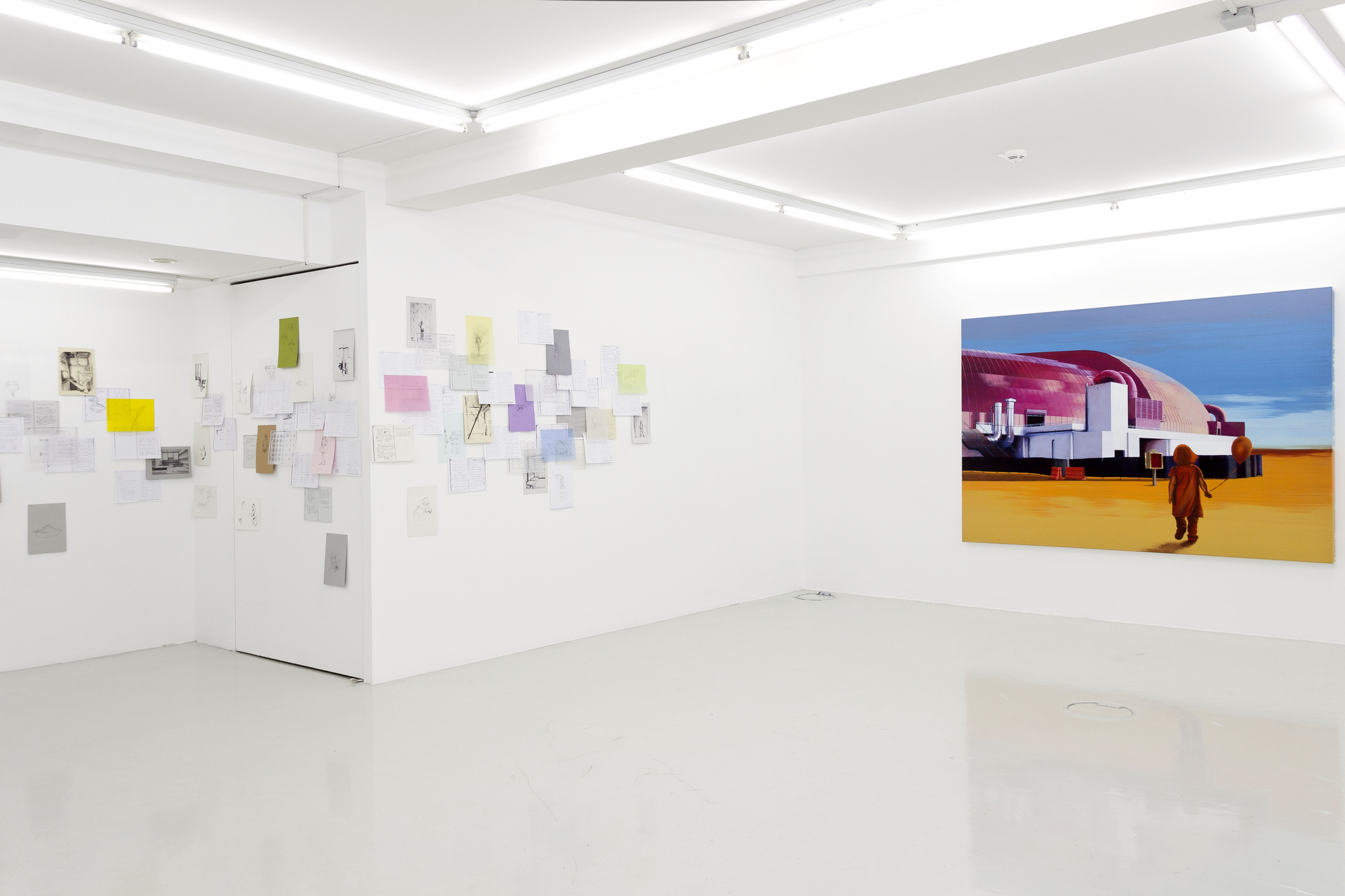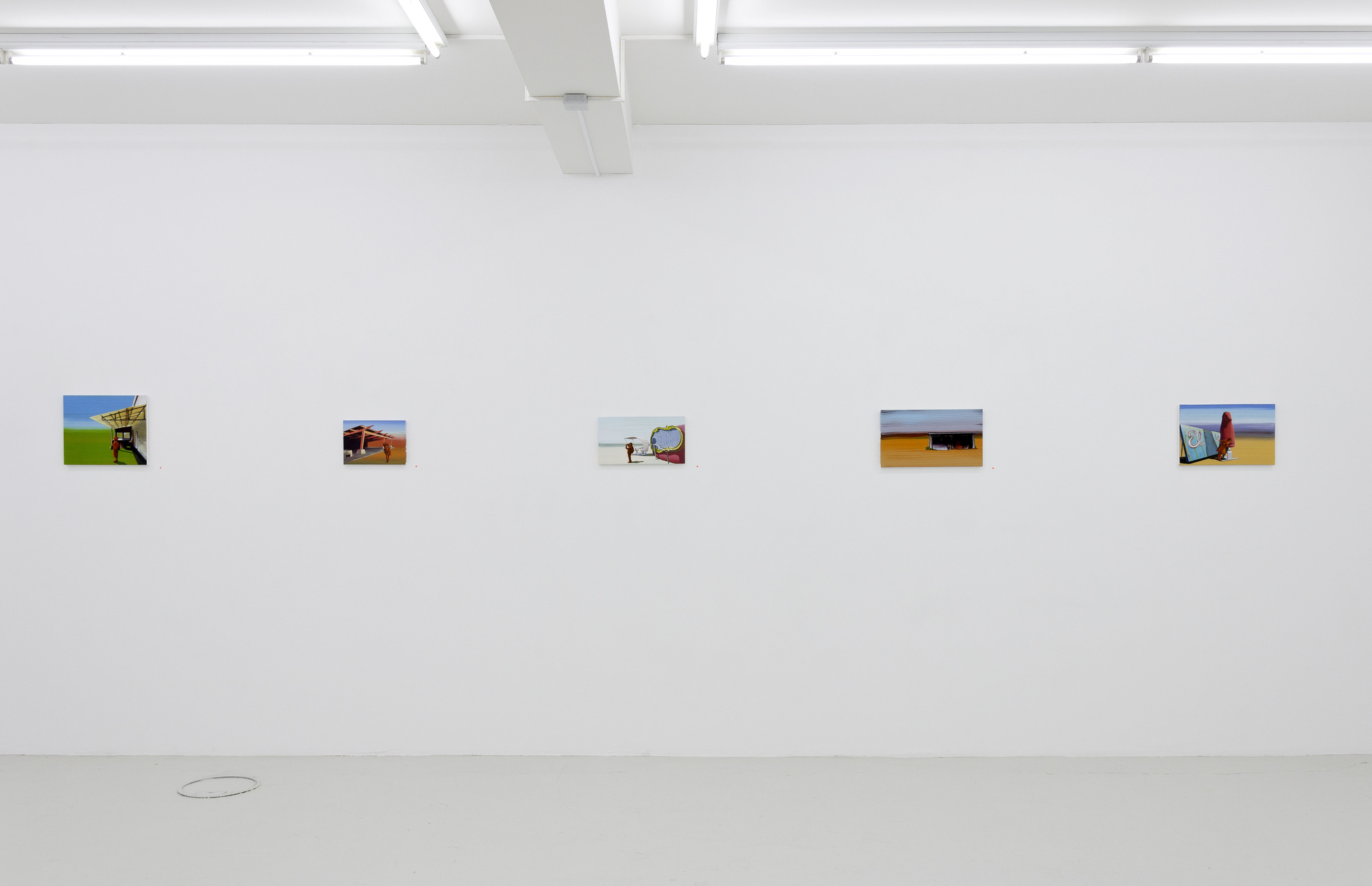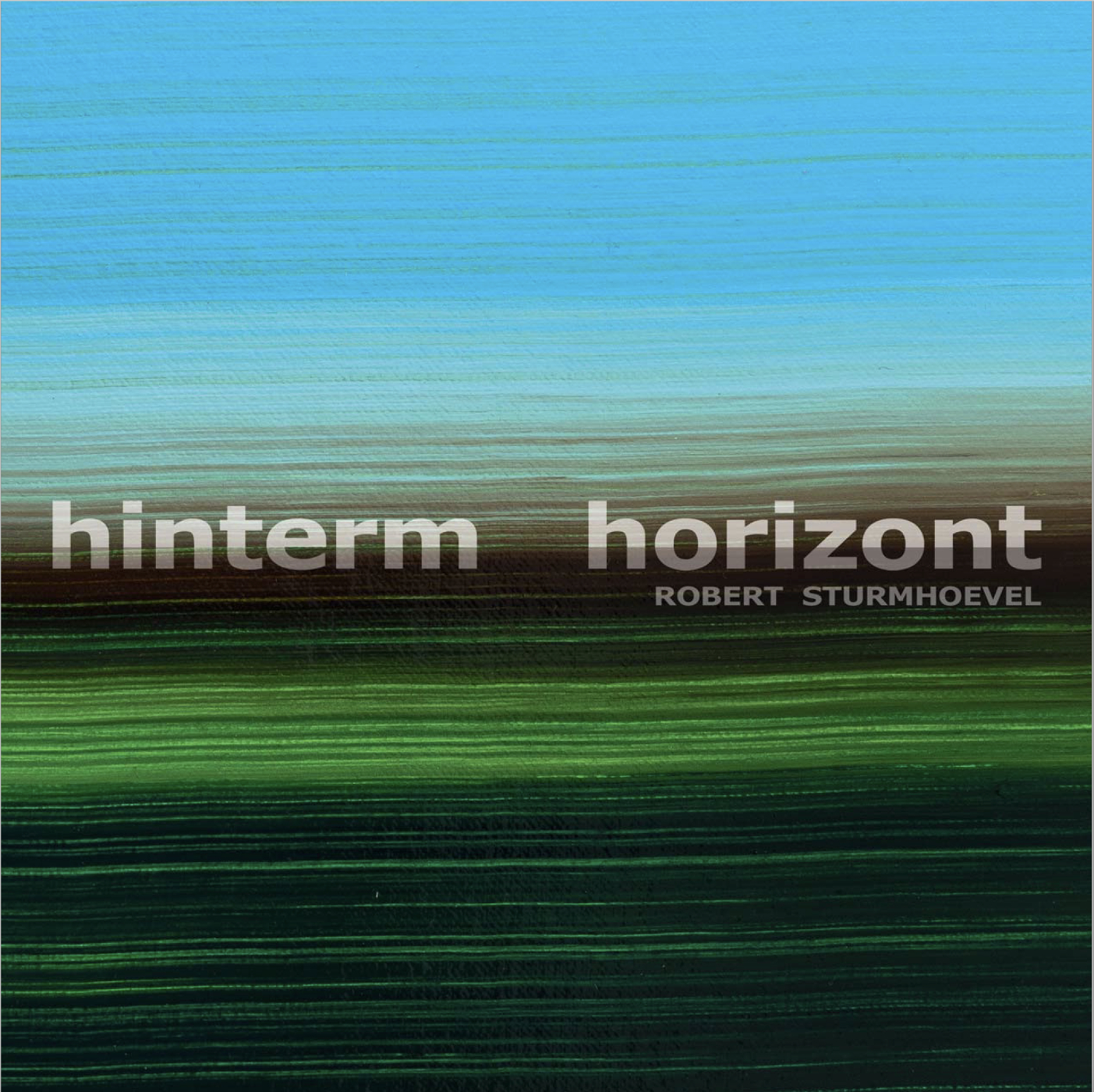Robert Sturmhoevel
Solo exhibitions
| 2019 | Hinterm Horizont, Evelyn Drewes | Galerie |
| 2018 | Hideout, Galerie Coucou, Kassel |
| 2017 | Hinterm Horizont, Kunsthalle Willinghausen |
| Ausstellung Zum 45. Stipendium Künstlerkolonie Willingshausen, Kunsthalle Willingshausen | |
| 2016 | Memorabilia, Galerie Coucou, Kassel |
| Peccadillo [Frame] Tales, Evelyn Drewes | Galerie, Hamburg | |
| 2015 | Kasseler Kunstpreis, Kunstverein Kassel |
| 2014 | Walk Down Memory Lane, Evelyn Drewes | Galerie, Berlin |
| 2013 | Fleet`n [Play] Yard, Evelyn Drewes | Galerie, Hamburg |
| 2012 | Vanity [Fun] Fair, Galerie Förster, Berlin |
Group exhibitions
| 2020 | Nachts Allein Im Atelier #7, Evelyn Drewes | Galerie, Hamburg |
| 2019 | Samowar #9, Galerie Coucou, Kassel |
| Nachts Allein im Atelier #6, Evelyn Drewes | Galerie, Hamburg | |
| 2018 | Salondergegenwart, Hamburg |
| Vis à Vis, Barlach Halle K, Hamburg | |
| Jubiläumsausstellung Der Dr. Wolfgang Zippel Stiftung, Kunstverein Kassel, Kassel | |
| 2017 | Samowar, Galerie Coucou, Kassel |
| Nachts Allein Im Atelier IV, Evelyn Drewes | Galerie, Hamburg | |
| 2016 | Nachts Allein Im Atelier III, Evelyn Drewes | Galerie, Hamburg |
| Samowar 2016, Galerie Coucou, Kassel | |
| Ausstellung Zum Hessischen Medienpreis, Haus Der Kirche, Kassel | |
| 2015 | Nachts Allein Im Atelier, Evelyn Drewes | Galerie, Hamburg |
| Samowar 2015, Galerie Coucou, Kassel | |
| 2014 | 6 Künstler - 6 Kunstakademien, Sparkasse Karlsruhe Ettlingen, Karlsruhe |
| Ausstellung Der Dr. Wolfgang Zippel Stiftung, Kasseler Kunstverein, Kassel | |
| Die Artothek Kassel – Eine Bestandsbesichtigung, Documenta – Halle, Kassel | |
| Interventionen 2014, Regierungspräsidium, Kassel | |
| 2013 | Junge Positionen, Mit Evelyn Drewes | Galerie, Offenbach |
| Kunstgenerator, Ausstellung Der Finalisten Zum Stipendium, Viersen | |
| Vertikal, Kulturbahnhof Südflügel, Bbk, Kassel | |
| 2012 | Index 12, Kunsthaus Hamburg |
| Made In Germany, With Galerie Popartpirat, London | |
| 2011 | Needful Things, Stellwerk, Kassel |
| Interventionen 2011, Regierungspräsidium Kassel | |
| Watchlist Scheinidyllen, Galerie Popartpirat, Hamburg | |
| Nachts Allein Im Atelier, Galerie Popartpirat, Hamburg |
Texts
Harlequins, model airplanes, tin soldiers
In Robert Sturmhoevel's works, set pieces of childlike imagery meet with the abysmal. In his large-format watercolors and canvases, the young Berlin painter condenses the remembered and the experienced, the invented and the dreamed, into complex narratives whose ambiguity is reminiscent of the ironic landscape idylls of Romanticism.
The idyll does not appear here as an unbroken ideal or counter-design, but rather as an exaggerated and fractured idea that links the idyllic and the anti-idyllic. Thus, empty factory halls, condemned buildings, and run-down fairground booths take the place of Arcadian landscapes. Motifs that tell of decay, destruction, and oblivion and that the artist describes as "moments of memory."
Robert Sturmhoevel uses photographs, his own photographs, as models for the construction of his pictorial spaces, which is important because they are always linked to an experience, an idea. "If the pictures themselves already tell the whole story, they become photo works," says the artist. He looks for voids and breaks.
The spaces in which the mostly childlike protagonists move seem familiar and yet remain undefined. They not infrequently turn out to be collages in which sometimes contradictory elements overlap: as in the study "Autoscooter 2," in which the cabin of an amusement ride appears in the middle of a dilapidated industrial building and the scene, torn from its original context, thus appears strangely placeless and timeless.
In this context, the artist refers to the concept of "heterotopias," those "other places" described by Foucault and Lefevbre that are characterized by, among other things, "cultural relevance, functional changeability," and the "integration of the incommensurable."[1] In this way, the scene appears strangely timeless, torn out of its original context. "Places outside all places,"[2] as Foucault puts it.
It is precisely these incompatibilities that run like a thread through the pictorial work of the young artist, which always moves between childlike idyll and gloomy profundity, between kitsch and abysmalness. And thus, not least, attempts to refuse an unambiguous reading.
The protagonists in Robert Sturmhoevel's pictures also frequently elude the viewer's gaze - they turn their faces away, hide, or remain completely absorbed in their innocent (or yet momentous?) play. They seem absent, as if exposed. And yet they form the fulcrum of a narrative that seems all the more fractured the more one tries to approach it.
Patterns emerge in the works and overlay or carpet pad the pictorial spaces, like traces of an exposed wallpaper, like memories in the process of dissolving.
Robert Sturmhoevel composes his paintings based on a repertoire of elements that he designs, formulates, and - a term the artist often uses when talking about his work - "abuses" in a clearly delineated work process. This process begins with small-format drawings, sketches that establish the vocabulary of the narratives that are formulated and fixed in the watercolor studies and finally in the canvas works.
The current series of 50 small-format canvases, which will occupy a large part of the current exhibitions in Berlin, Hamburg, and London under the title "Targets," occupies a special position in this process. Unlike the large formats, the focus here is on individual elements: balloons, water pistols, wallpaper patterns, streaks of paint.
The "targets" take a look at the artist's own color palette, his own vocabulary of forms, and explore the possibilities of relating individual elements to one another. In the picture. But also between the paintings, in which - depending on how they are hung - they can be brought into a new dialogue.
In them, painting comes to the fore, while narration begins to dissolve in spontaneous gestures and patterns. Ornament and abstraction gain in importance. Abysmal remains.
Kim André Schulz
[1] Beatrice von Bismarck, Hoffnungsträger - Foucault und de Certeau, in: Texte zur Kunst, Nr. 47, Berlin 2002.
[2] Michel Foucault, Andere Räume, in: Martin Wentz (Hg.), Stadt-Räume, Frankfurt/New York: 1991.
MEMORABILIA
To describe Robert Sturmhoevel solely as a painter of postmodern romanticism would be just as tempting and at the same time misleading as to be blinded by the shiny surfaces of his works. For although the fusion of dream and reality, the dark sweetness and beauty of the unconscious occupy a weighty place in his series of works, here the "myths" do not come from the Middle Ages, but directly from his environment. Supposedly personal backgrounds are the basis for superficially innocent narratives, but constructed in such a way that the viewer can effortlessly see the shadows of his own memories in them. As a result, the narratives of his large sceneries and series of pictures always create an oppressive mood and provoke in the viewer a strange familiarity, but also uncertainty. Sturmhoevel's pictorial worlds seem almost "too good to be true."
In his new, small-format edition of "Flecken," Robert Sturmhoevel pushes the boundaries of painting, resists the banality of the material, and detaches the paint from the picture support to give it a new attitude - entirely in the limbo between object and surface. The "Carousel" is also in a superimposed and precisely unclarified state. An object snatched from the dream world that has had an apparently hard landing in the present. Thus proof that even the physical world is not safe from Sturmhoevel's memory and color decomposition. The feigned deception of this find is an early and momentous decision that can be seen as a prelude to his later narratives. Thus, revealing parts of his studio floor and the working processes documented on it is a very personal act. In his new series of works, "pieces," literally the ground beneath his feet becomes both pigment-covered witness and crime scene. An intimate invitation to go in search of clues together.
In the current exhibition, old and new narrative strands intertwine and take the viewer behind the mirror of supposed memories, without breaking it. The works newly produced for this exhibition are complemented by older pieces that are groundbreaking for Sturmhoevel's oeuvre, giving gallery visitors the opportunity to become a part of this "memorabilia" in a very direct way.
Milen Krastev

